
Annual Forbs Around Las Vegas, Vegetation Around Las Vegas
 |
General: Velvet Turtleback (Psathyrotes ramosissima) is a low, rounded, blue-gray annual forb with velvet-covered, crinkled leaves. The rayless flowers are yellow. The shape of the plant can resemble the back of a tortoise, hence the name "turtle-back." Plants on the north side of Lake Mead have deeply crinkled leaves, while those growing elsewhere have flatter leaves. The phyllaries are in 2 sets. The many inner phyllaries are narrow and pressed tightly against the ray flowers, but the 5-6 outer phyllaries are broader and fold out away from the flowers, as if trying to imitate flower petals. Velvet Turtleback is a common component of desert vegetation communities on sandy, gravely, silty, and alkaline soils, especially in disturbed areas such as roadsides in the Lower Sonoran (Creosote-Bursage Flats) and Upper Sonoran (Mojave Desert Scrub) life zones. Around Las Vegas, look for this species at Lake Mead NRA, Mojave National Preserve, and especially along roads in Death Valley National Park. Family: Sunflower (Asteraceae). |
 Velvet Turtleback leaves |
Other Names: Brittlestem, Turtleback. Plant Form: Low, mounded annual; densely branched with dense leaves. Height: Usually about 6 inches. Stems: Highly branched; hairy when young, but lose hairs with age; brittle. Leaves: Alternate, velvety; blade broadly oval with notched edges. Leaf veins prominent. Flowers: Inflorescence: discoid (rayless) heads, arising from leaf axils. Flowers many per bundle, tubular, yellow. Phyllaries in 2 sets; inner phyllaries many, narrow, and pressed tightly against the ray flowers; outer phyllaries 5-6, broad, spreading. |
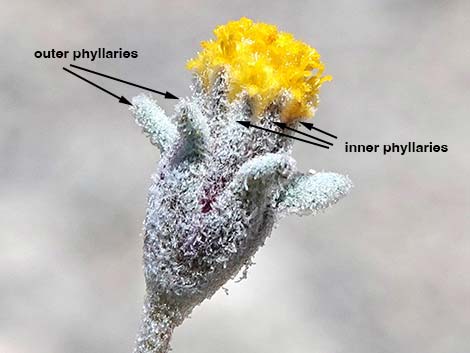 Outer phyllaries 5-6, broad, spreading. |
Seeds: Achene. Habitat: Variety of desert soils, especially disturbed areas such are roadsides. Elevation: About sea level to 3,000 ft. Distribution: California, southern Nevada, Arizona, and southward into northwestern Mexico. Comments: Given that plants on the north side of Lake Mead have deeply crinkled leaves while those growing elsewhere have flatter leaves, it might be worthwhile for a real botanist to take a more careful look at these plants. |
 |
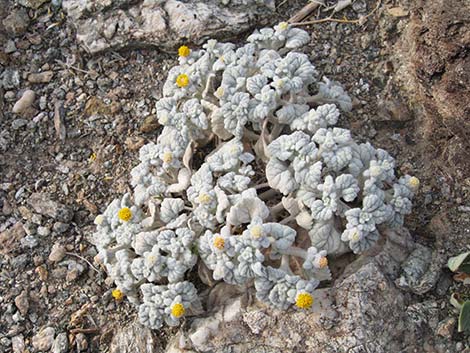 |
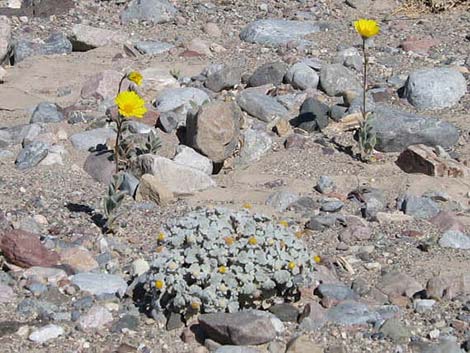 |
 |
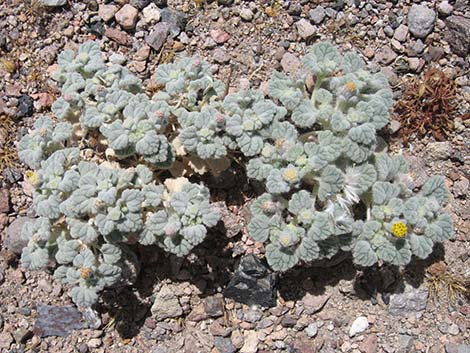 Plants on the north side of Lake Mead have deeply crinkled leaves |
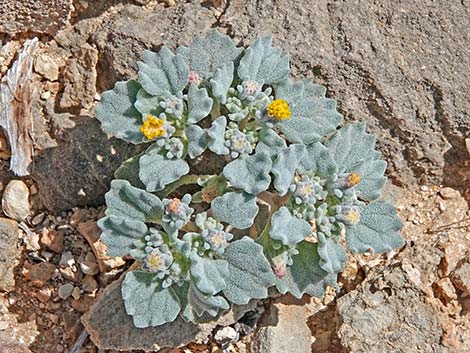 Plants growing elsewhere have flatter leaves |
 Plants on the north side of Lake Mead have deeply crinkled leaves |
 Plants on the north side of Lake Mead have deeply crinkled leaves |
 Plants growing elsewhere have flatter leaves |
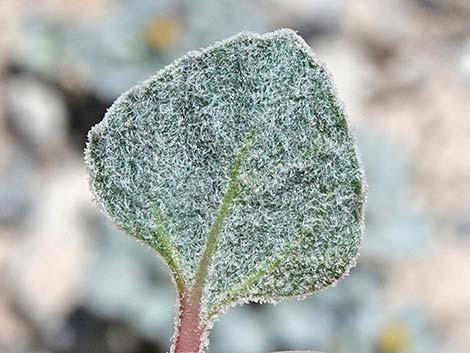 Plants growing elsewhere have flatter leaves |
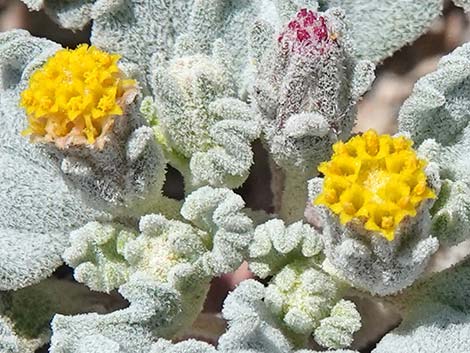 |
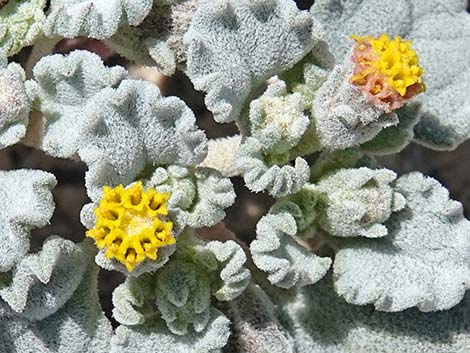 |
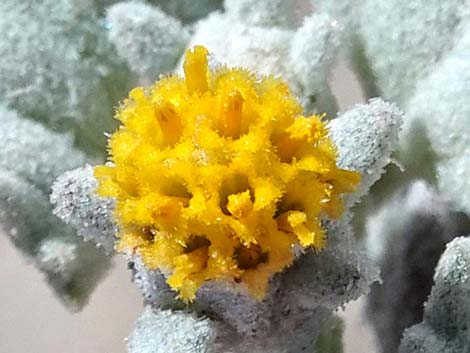 |
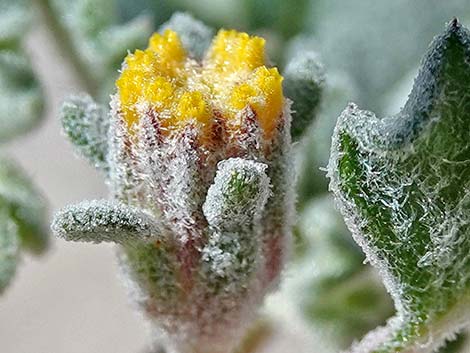 |
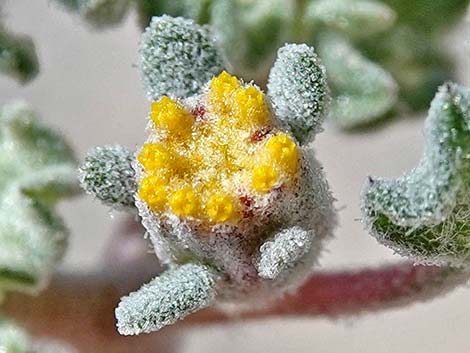 |
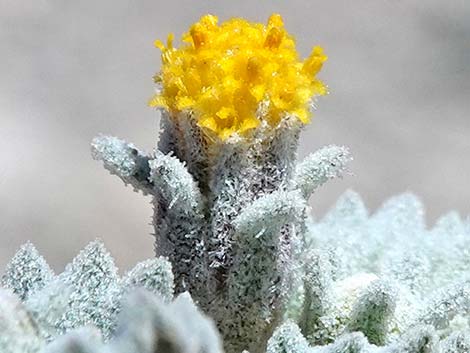 |
 Outer phyllaries 5-6, broad, spreading. |
 Some outer phyllaries removed to reveal inner phyllaries |
Note: All distances, elevations, and other facts are approximate. Names generally follow the USDA database.
![]() ; Last updated 240905
; Last updated 240905
| All Annual Forbs | Plant Species Index | Glossary | Copyright, Conditions, Disclaimer | Home |